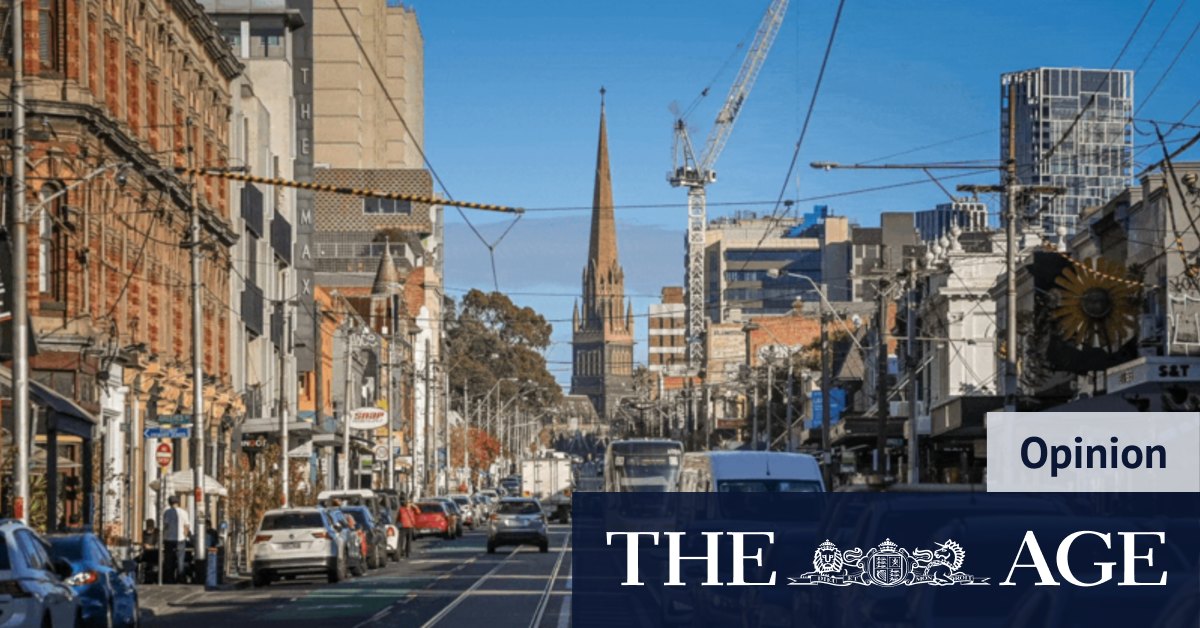The first time I lived in Fitzroy was in the mid-1970s. I had just started primary school when my parents had the radical idea to move from the eastern suburbs to inner Melbourne. Their idea of a fresh start was buying a run-down former boarding house and transforming it into the family home where we lived for seven years.
When I moved back again as a young adult in the 1990s, my whole life revolved around this densely packed, 100-hectare rectangle bordered by Smith and Nicholson streets to the east and west and Alexandra and Victoria parades in the north and south.
The Fitzroy of today – filled with bars, cafes, markets and designer boutiques – was unimaginable in the 1970s. Our street was inhabited by post-World War II migrants, small-time criminals, drug dealers, Melbourne University academics, and students. Artists, writers and performers, including a young Jane Clifton and Red Symons, loved the cheap rent and the “anything goes” attitude of the neighbourhood.
One block over, the Atherton Gardens housing commission towers were less than a decade old. On Gertrude Street, the Aboriginal community was focused on providing much-needed legal and social services, building culture, and taking political action. Sisters of Charity nuns and the Brotherhood of St Laurence tended to the sick and poor.
Middle-class professionals were few and far between, mainly living in the fancier parts of the suburb – either near Carlton Gardens, one of the few places to find shade on a hot day, or in the mansion-style Georgian terraces close to Victoria Parade.
Moving to Fitzroy meant taking a crash course in independence and street savvy. Our street had two milk bars. Drugs were said to be available with the groceries on one end: milk, bread, lollies, and cigarettes were the staple fare on the other. My sisters and I, in our prim Catholic school uniforms, stood out like sore thumbs.
That’s not to say the council wasn’t trying to improve the suburb, but when they planted trees along the street, it seemed a pointless beautification project: the sad little saplings were often crushed by the putrid rubbish bags piled up in the gutter, thanks to a series of garbage strikes. The trees that survived the rubbish and intense summer heat looked like they would have preferred to die.
When my parents divorced, our Fitzroy era was temporarily over as they retreated, bruised, to the ’burbs. By the time the house was sold, Fitzroy’s mood was starting to change. Helen Garner cemented its status as the heart of bohemian Melbourne with her novel Monkey Grip. Stephanie Alexander opened the first iteration of Stephanie’s in Brunswick Street, a couple of boarded-up shops in the strip had become cafes and bars, and a former factory in Victoria Street, now the Universal Workshop, brought live theatre, a cinema and a studio. Triple R community radio moved into the space in 1979. No one had any money, but you could do a lot with an old building with paint and imagination.

